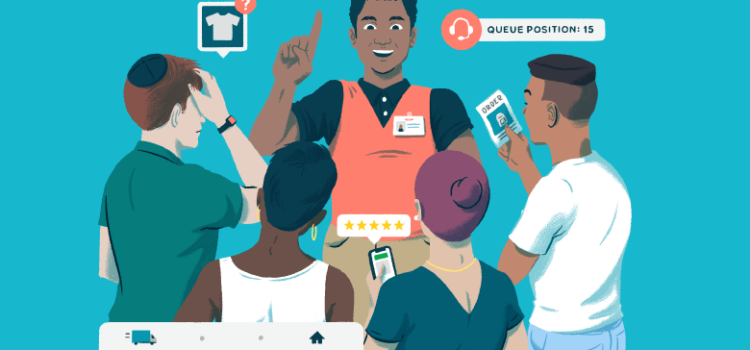
Have you ever felt like using the brand name and logo on social media without regard to the gravity of the action? Do you hope there are ways to stop them before they do it? If so, then here’s some of the information you need for brand protection.
Why Brands Need To Protect Themselves On Social Media
has become a big part of our lives, but has opened up the possibility of what can be wrong in a way that we don’t even dream. Marketers have used social media as a way to promote brands and businesses since the conception in 2003, but the increase in Cybercrime throughout the world is also equipped with an increase in piracy steps specifically designed to reduce brands on social media on social media The main business problem is that they cannot protect their trademarks and logos as they can in the physical world. Very challenging to organize and protect people without fences or limits from stopping people using your brand name and logo.
The brand owner has been taken to submit a Digital Millennium Copyright Notification (DMCA) with a social media platform to obtain deleted violations – but this is often proven to be ineffective because violators can reset the material with a different account name.
Brand Attack Impacts
Brand attacks on social media can destroy, with negative publicity and sales decline into two most common results. In some cases, companies even have to close because of damage caused by them using their brand name and logo for non-official reasons.
Here are some ways that brands have been attacked online:
- A tweet with a false report of breaking news, resulting in dropped stock prices that cost shareholders millions of dollars. The company sued Twitter for negligence, but the courts ruled against them, saying there is no way to prevent posting this type of tweet.
- An advertisement containing an offensive hashtag was put up without permission on Instagram, which caused many customers to complain publicly about it, leading to a loss of sales. The company responded quickly by removing the ad, but it lost money due to its negative press.
- An unauthorised logo was used on a Facebook page to promote a clothing line. Because this logo wasn’t the same as the ones the brand uses, they sued for copyright infringement and won $300,000 in damages.
- A woman put up an ad on Craigslist looking for roommates so she could occupy multiple homes at once. She listed her home as a bed & breakfast and then ran ads with their stolen logos all over Google’s search results leading to much confusion amongst potential customers. The woman was sentenced to 15 months in jail to steal trademarked materials from local businesses.
Brand Abuse Types
Several different types of brand abuse can occur on social media:
Libel: Libel is the act of publishing false and defamatory statements about someone. This could include making untrue statements about a brand or its employees or spreading lies about the company in an attempt to ruin its reputation.
Slander: Slander is the act of making defamatory oral statements about someone. This could include telling lies about a brand on social media or spreading rumours online.
Copyright infringement: Copyrights protect original works of authorship, including text, images, and videos. If a brand infringes on another’s copyright by using their material without permission, they could be sued.
Trademark infringement: A trademark is a word, phrase, symbol, or design that identifies the source of a good or service. If a brand uses another’s name, logo, or design illegally, it could be sued for trademark infringement.
Unauthorised ads: Brands must have permission to share someone else’s ad on social media. This includes sharing screenshots of someone else’s ads without their consent protected under fair use.
Defamation/disparagement: Defamation is defined as making untrue statements about someone that ultimately cause harm to their reputation.
The difference occurs when a false negative statement about the business leads consumers to believe it does not have a good or reliable reputation to continue to do business, ultimately lead to income loss for companies involved in the lawsuit.
How To Create A Social Media Policy For Your Business
The best way to protect your brand on social media is to have a social media policy in a place that describes what exists and is not permitted in using your brand name and logo. This will help you to have a brand protection solution and prevent people from using your trademark without permission and giving action for what must be done if someone violates your trademark.
Your social media policy should include the following:
- Guidelines for how your brand name and logo can be used – including specifications for size, colour, and placement.
- Rules against unauthorised use of trademarks or logos.
- Instructions for filing a DMCA takedown notice if someone uses your trademarks without permission.
- Guidelines for responding to customer complaints.
- Procedures for monitoring social media for infringing content.








